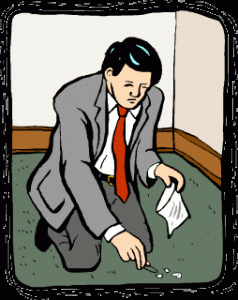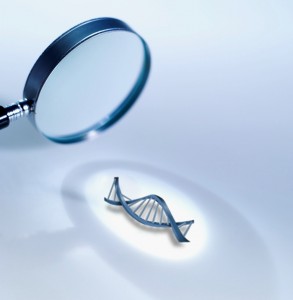
How to contaminate evidence: No coveralls, no gloves, no booties, and no sense.
The website of the Toronto Star has interesting profile of Christine McCarthy, a forensic scientist at Toronto’s Centre for Forensic Sciences. In the July 13, 2012, posting entitled “Hair: Forensic scientists can tell a lot about a person from one strand of hair,” reporter Tony Wong describes McCarthy at work.
In the field, she dons a disposable lab coat, mask, gloves, and a hairnet before she starts her search for trace evidence. This is a very different approach than that used by crime scene technicians on television. Wong compared McCarthy to CSI’s Catherine Willows. “Except I wouldn’t have a Hummer or wear high heels on the job,” McCarthy told him.
She mentioned another of the many differences between CSI characters and her colleagues at the Centre for Forensic Sciences. “They seem to solve everything in an hour,” McCarthy said, “and I can tell you it takes a lot longer than that.”
McCarthy specializes in the analysis of trace evidence, especially hair. Wong’s article offers an overview about this aspect of forensic science.



